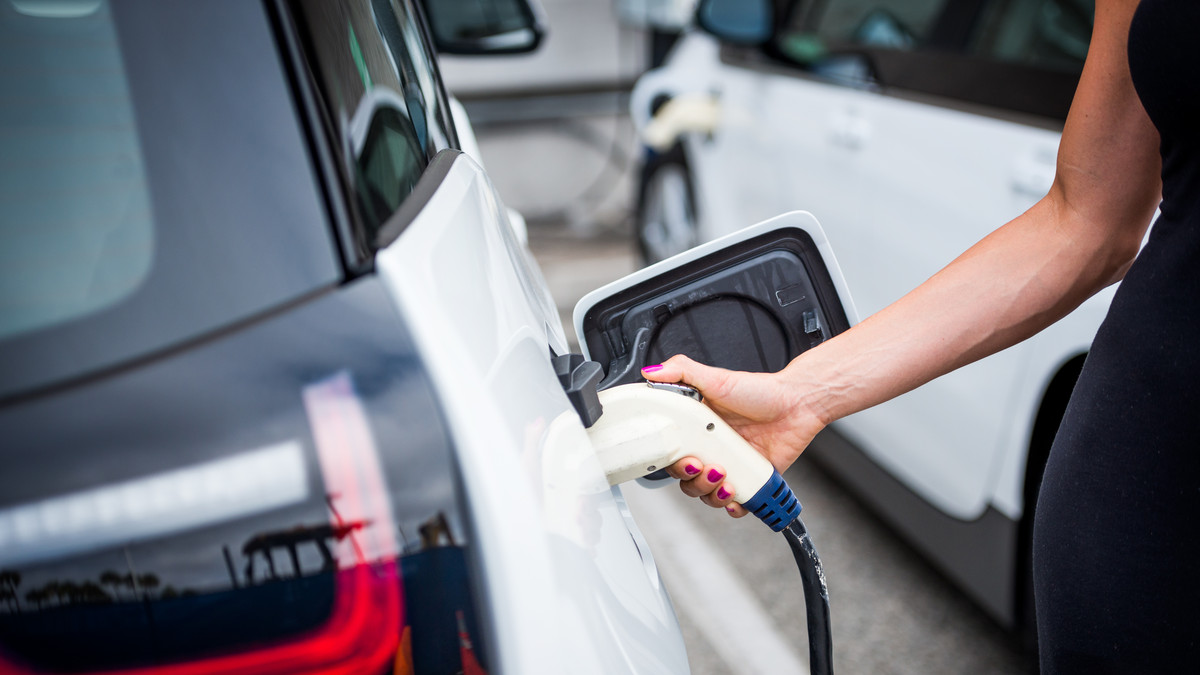The automotive industry today finds itself in a no-man’s-land of risk and reward and contradicting trends. While the number of electric cars on the road topped five million at the end of 2018 — 67 percent higher than the year before — consumers also have not lost their taste for internal combustion and big cars, especially in the United States where light-truck sales represented a record 69 percent of vehicle sales last year.
For automakers, it’s a constant struggle to find the appropriate balance between a commitment to the future and satisfying the current demands of customers. To thrive, manufacturing plants must be able to switch from making sedans one day to sport-utility vehicles and electric cars the next.
But just as newer technologies represent one of the industry’s biggest challenges, they also may provide its salvation: To achieve the kind of flexibility in production and design the current marketplace demands, automakers will have to rely increasingly on the latest robots and their expanding capacity to collect, interpret, and act upon reams of real-time data.
Driverless bots
No longer the monuments to over-engineering and complexity they once were, the latest robotic technologies offer automakers the kind of elasticity necessary to switch models in production daily with a minimum of down time and a maximum of value-added work. Increasingly working side by side with humans, much of the newest generation of lighter, more agile and precise robots can be redeployed after simple reprogramming, and like their human counterparts, many have the capacity to “learn” on the job and move from task to task on their own. Some are even allowed to roam the factory floor unsupervised, following programmed paths.
Autonomous mobile robots (AMRs) are prime examples of the new autonomy bots are demonstrating within the plant. AMRs can navigate their way through a warehouse, unload a truck, or move products to the point of use or storage, relying on elaborate sensors and their capacity to learn from humans. In fact, logistics has become one of the most fruitful areas to automate, in part thanks to AMRs.
Manufacturing operations are also starting to incorporate more of these portable, human-compatible automation systems to make production lines more flexible. With the right integration of automation, people, and common processes, a team on a line can just as easily put together SUVs in the morning and sedans or even EVs in the afternoon. This flexibility isn’t easy to achieve, and many haven’t. But it is a vital necessity, especially in the U.S. where the drive toward customization is requiring plants, on short notice, to provide various options on different cars and switch production priorities.
Robot helpers
Additionally, as the automotive workforce ages, robots become increasingly important, not necessarily to replace humans but to allow them to stay on the job longer. Systems, like collaborative robots (cobots) and exoskeletons, take over repetitive tasks that often represent safety hazards for humans or provide workers with a little extra “machine muscle” that helps prevent on-the-job injuries.
Perhaps surprising to automakers, co-bot strategy also provides more flexibility than full automation and improves the industry’s ability to re-use and re-deploy assets at a lower capital expenditure cost. The latest robots can be pieced together with plug-and-play modules that can be reconfigured as needed for added agility and flexibility. This kind of ability to shift production and redeploy assets becomes increasingly essential as plants move away from a single-model focus or even a single-technology focus, with EVs beginning to be built on the same assembly lines as internal combustion cars.
But robots represent more than just a means to automate jobs. They also afford automakers the ability to use the terabytes of data generated regularly at their factories and by the army of vehicles on the road. And in today’s environment, car companies will need to be on top of market trends and proactively analyze consumer preferences as they never have before.
The new capacity of robots to collaborate with other robots — tech talking to tech — tears down walls between departments and helps prevent the siloed mentality that can undermine a car manufacturer’s ability to turn on a dime. This collaboration becomes even more important as the growing automotive Internet of Things is about to be amplified with the development of 5G wireless technology.
Bottom line: Robot technology is no longer a nice-to-try experiment for pioneering automakers. While it won’t always be the answer to challenges facing automakers, there’s no question that robots will be pivotal in helping the industry incorporate the flexibility and agility into production routines necessary for future success.
This article was written by Oliver Wyman from Forbes and was legally licensed through the NewsCred publisher network. Please direct all licensing questions to legal@newscred.com.
![]()



